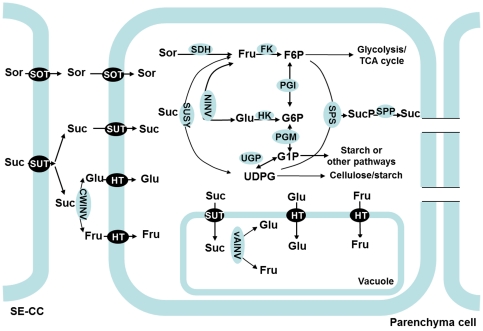Figure 1. Sugar metabolism and accumulation in apple fruit [1], [14].
Both sorbitol (Sor) and sucrose (Suc) are unloaded to the cell wall space between sieve element-companion cell complex (SE-CC) and parenchyma cells in fruit [14]. Sor is taken up into parenchyma cells via sorbitol transporter (SOT). Suc is directly transported into parenchyma cells by plasma membrane-bound sucrose transporter (SUT), or converted to fructose (Fru) and glucose (Glc) in the cell wall space by cell wall invertase (CWINV), and then transported into the parenchyma cells by hexose transporter (HT). In the cytosol, Sor is converted to Fru by sorbitol dehydrogenase (SDH), while Suc can be converted to Fru and Glc by neutral invertase (NINV) or to Fru and UDP-glucose by sucrose synthase (SUSY). The resulting Glc and Fru can be phosphorylated to glucose 6-phsophate (G6P) and fructose 6-phosphate (F6P) by hexokinase (HK) and fructokinase (FK, specific for Fru). The conversions between F6P, G6P, G1P, and UDPG are catalyzed by phosphoglucoisomerase (PGI), phosphoglucomutase (PGM), and UDPG-pyrophosphorylase (UGP) in readily reversible reactions. The F6P produced in sugar metabolism enters glycolysis/TCA cycle to generate energy and intermediates for other processes. G1P is used for starch synthesis. UDPG can be used for cellulose synthesis or combined with F6P for re-synthesis of Suc via sucrose phosphate synthase (SPS) and sucrose-phosphatase (SPP). Most of the Fru, Glc and Suc that have not been metabolized are transported by special tonoplast transporters into vacuole for storage. Inside the vacuole, Suc can be also converted to Glc and Fru by vacuolar acid invertase (vAINV).

